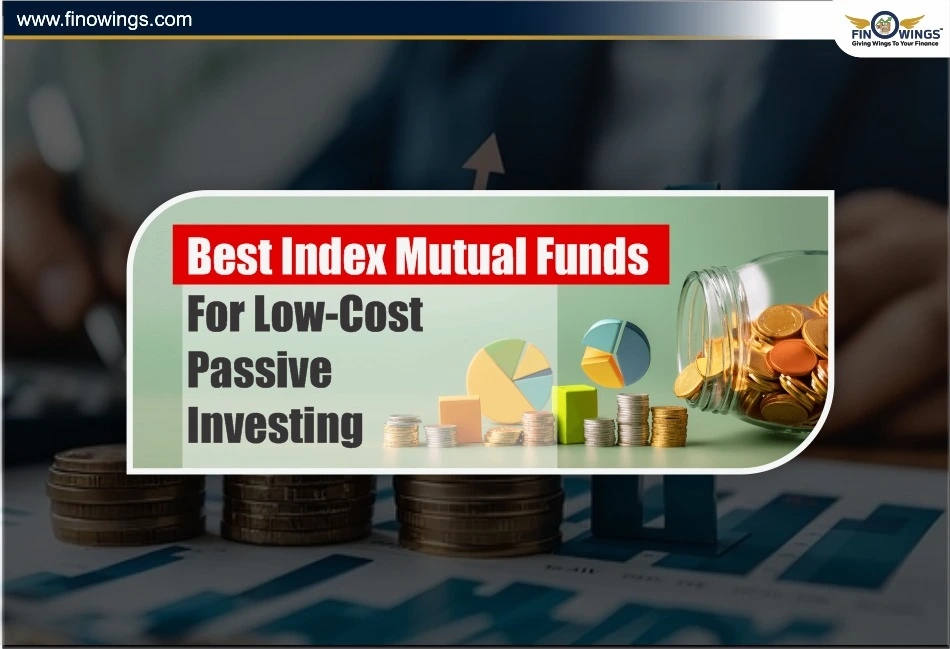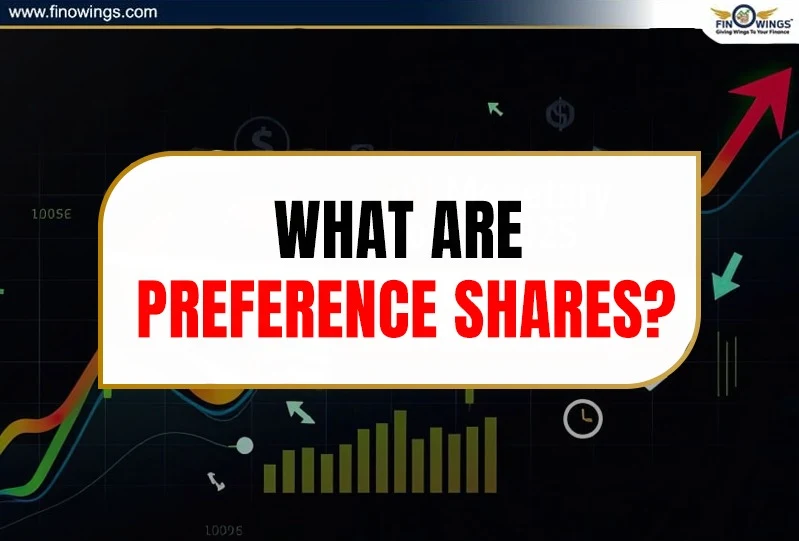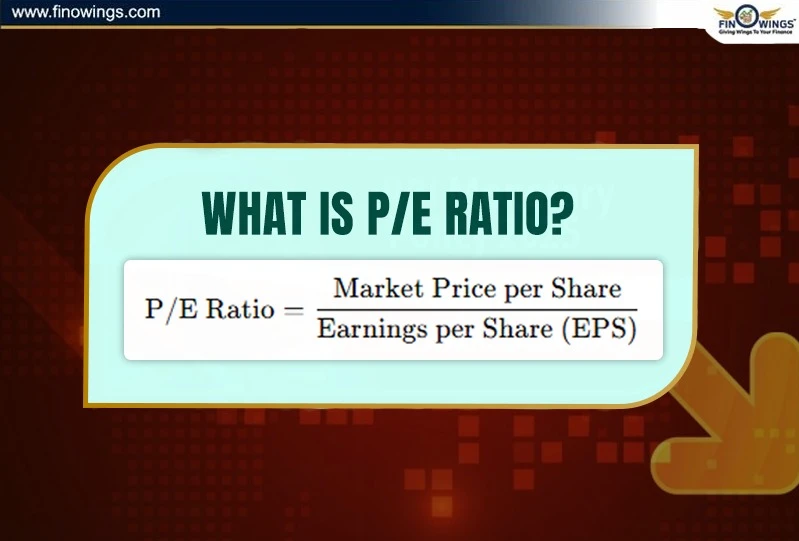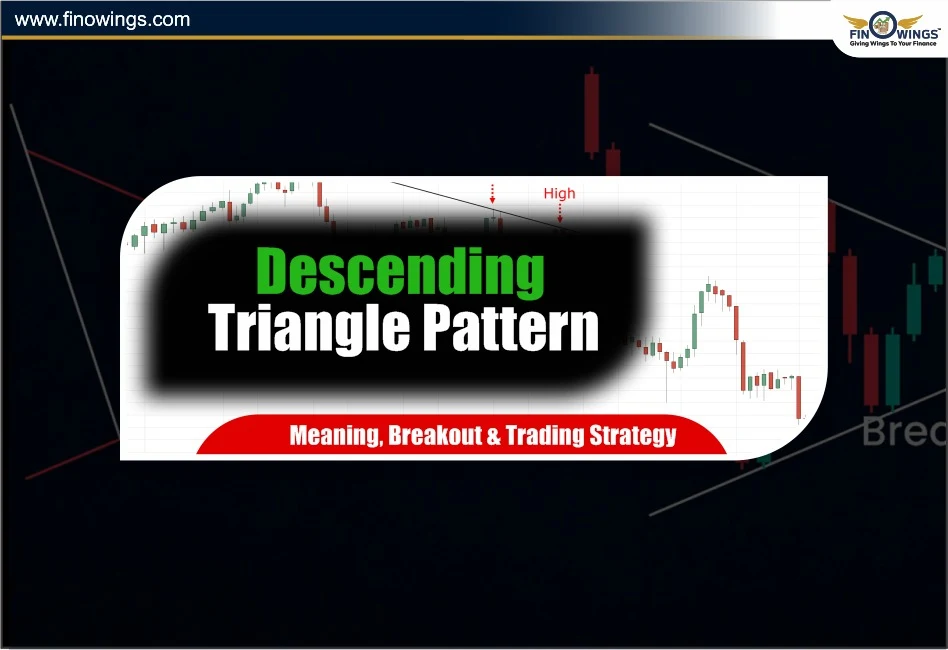Home >> Blog >> What Is RSI Indicator in Trading? Meaning & Importance
What Is RSI Indicator in Trading? Meaning & Importance

Table of Contents
- What Is RSI Indicator in Trading?
- What Is RSI Indicator?
- RSI Formula – How to Calculate RSI
- How the RSI Indicator Functions
- Types of RSI Divergences
- How to Use the RSI Indicator in Trading
- 1. Identify Overbought & Oversold Zones
- 2. Use RSI for Confirmation
- 3. RSI Trendline Breaks
- 4. Centreline Crossover
- RSI Indicator Limitations
- Practical Tips for RSI Trading
- Conclusion
What Is RSI Indicator in Trading?
In technical analysis, various methods allow traders to determine if, when, and where to enter, exit, or reverse positions on a given asset. Among the most common and widely utilised is the RSI Indicator or Relative Strength Indicator (or Index). It is one of the most popular tools designed to determine whether a given asset (stock, cryptocurrency, or commodity) is overbought or oversold.
It provides traders with key information that ultimately helps them in trade execution. In the sections below, we describe what the RSI indicator is, how the RSI formula works, and its applications in trade planning.
What Is RSI Indicator?
RSI Indicator Meaning- The RSI indicator is the Relative Strength Index - a term given to one of the most popular technical indicators (momentum oscillators specifically) introduced by J. Welles Wilder Jr. in 1978. It is widely utilised in assessing the pace and the amount of variation in price movements.
More simply, the Relative Strength Index suggests to the trader congestion zones when a potential price level is overbought (a price level is too high) and oversold (a price level is too low). The most common use of indicators such as RSI is to provide the trader with potential reversal zones. The range of RSI is 0 to 100. If the RSI is 70 or higher, the asset is considered overbought and the price is expected to drop.
An item is oversold and may soon see price increases if its RSI rating is less than 30. RSI acts as a visual indicator of the market's momentum to assist traders in making decisions about whether to purchase or sell.
RSI Formula – How to Calculate RSI
The RSI formula is designed to capture similar time periods of average gains and losses (generally 14 days).
This is the formula one needs to use:
RSI = 100 - {100 / (1 + RS)}
Where;
RS = Average Gain ÷ Average Loss
Average Gain = Total gains over a specific period ÷ 14
Average Loss = Total losses over a specific period ÷ 14
Example:
Over the last 14 trading days, the average gain was 2 and the average loss was 1,
then RS = 2 ÷ 1 = 2
So,
RSI = 100 - {100 / (1 + 2)}
RSI = 100 - (100 / 3)
RSI = 66.67
This means that the RSI value is 66.67 and therefore the stock is moving to the overbought zone.
How the RSI Indicator Functions
The Relative Strength Indicator (RSI) moves in the range of 0 to 100, reflecting the strength of price movements. It helps indicator users to:-
-
Determine trend directions.
-
Discover possible reversals.
-
Validate momentum of price movements.
RSI readings can be understood as follows:-
|
RSI Value |
Market Condition |
Trading Signal |
|
70 – 100 |
Overbought |
Possible price correction or downtrend |
|
50 |
Neutral Zone |
Trend confirmation required |
|
30 – 0 |
Oversold |
Possible price reversal or uptrend |
RSI can also be used to assess bullish and bearish divergences in the market. These divergences would indicate potential reversals in the market.
Types of RSI Divergences
1. Bullish Divergence
When price creates a new low but the RSI creates a higher low, this describes a situation where downward momentum is weakening, and a bullish trend reversal is most likely.
2. Bearish Divergence
When price creates a new high but the RSI creates a lower high, this describes a situation where upward momentum is weakening and a bearish trend reversal is most likely.
(Source: TradingView)
The above divergences signal anticipated trend reversals, which greatly assist market traders.
How to Use the RSI Indicator in Trading
1. Identify Overbought & Oversold Zones
The RSI is a popular indicator for understanding trends in the market. A reading above 70 might suggest the market is overbought and a profit should be taken. The chart is likely to undergo some form of correction. A reading below 30 signals that the market is oversold and the trader should look for long opportunities as indicated by other signals.
2. Use RSI for Confirmation
The RSI indicator is meant to complement other signals and should not be used by itself. Other signals that can be used without conflicting results include MACD, Moving Averages and Volume Analysis. These signals should be used in conjunction to identify trends and minimise false signals.
3. RSI Trendline Breaks
An RSI chart is able to form and define trendlines in the same way that a price chart does. Breaks above or below an RSI trendline usually suggest that a break in price is likely to occur.
4. Centreline Crossover
An RSI that is above the 50 level means strong bullish momentum and indicates the trader should not open short positions or sell. An RSI that is below the 50 level means strong bearish momentum. Therefore, the instrument should be sold or shorted or closed.
How to Interpret Different RSI Settings and Timeframes
The RSI is set to a default of 14 days. A trader could change the duration as follows:-
9-day RSI: This makes the chart more sensitive for capturing rapid movements. This is best for short-term traders.
25-day RSI: This is for long-term investors, as the signals will be much smoother.
An intraday trader will likely set RSI to 5-minute or 15-minute charts to detect rapid shifts in momentum. Swing and positional traders will likely be comfortable with the daily or weekly RSI.
RSI Indicator Example
-
Suppose you decide to evaluate the stock for ABC Ltd.
-
The RSI reads 78 → shows the stock is overbought.
-
For the next several sessions, the price moves down between 5-8%.
-
The RSI then reaches 28, suggesting it’s oversold. This is close to the perfect opportunity for buying.
-
This shows how traders can make use of the RSI indicator formula to effectively time their entries and exits.
RSI Indicator Limitations
Every technical tool has its weaknesses, and so does the RSI indicator.
1. False Signals – even when the price is trending, RSI can show overbought and oversold conditions.
2. Lagging Indicator – because RSI relies on historical data, it can react slowly to drastic shifts in the market.
3. Not Standalone – RSI must be complemented with other signals like volume, trendlines, and other momentum indicators.
This is the reason why traders find it most effective with price action analysis or moving averages for the most consistent results.
Practical Tips for RSI Trading
-
Combine RSI with support and resistance levels.
-
Don’t trade on RSI crossovers alone. Ensure you have volume in the analysis.
-
RSI range can be changed with volatility and the type of asset.
-
Use RSI divergence to spot early trend reversals.
The Put Call Ratio (PCR) is another useful emotion measure, much like RSI aids in determining momentum strength. It provides additional confirmation in addition to RSI readings by revealing whether traders are more bullish or bearish in the derivatives market.
Conclusion
The Relative Strength Indicator (RSI) is a powerful tool that is frequently utilized in technical analysis. It determines the market momentum enabling traders to identify confirmations of trends, deviations, and overbought and oversold regions. By knowing what the RSI indicator is, how to compute the RSI formula, and how to integrate the RSI indicator with other methods of analysis, you could make a better trading decision.
The Relative Strength Indicator is a tool that can allow you to time your trades more effectively and confidently regardless of the type of assets you deal with in stocks, FX, or cryptocurrencies.
DISCLAIMER: This blog is NOT any buy or sell recommendation. No investment or trading advice is given. The content is purely for educational and information purposes only. Always consult your eligible financial advisor for investment-related decisions.
Author
Frequently Asked Questions
The ideal RSI level for buying is usually when the RSI drops below 30, indicating that the asset may be oversold. A level above 70 signals that the asset is overbought and may be a good time to sell or take profits.
Yes, RSI is one of the most beginner-friendly and reliable technical indicators. It visually represents market momentum and helps identify potential entry and exit points in trades.
For intraday traders, shorter RSI settings like 9-period or 14-period on 5-minute or 15-minute charts are popular, as they capture quick momentum shifts and short-term reversals.
Absolutely. RSI is most effective when used with other indicators like MACD, Moving Averages, or Bollinger Bands to confirm signals and reduce false breakouts.
RSI can generate false signals during strong market trends when prices remain overbought or oversold for extended periods. That’s why traders often combine RSI with volume or trendline analysis for confirmation.














.webp)




